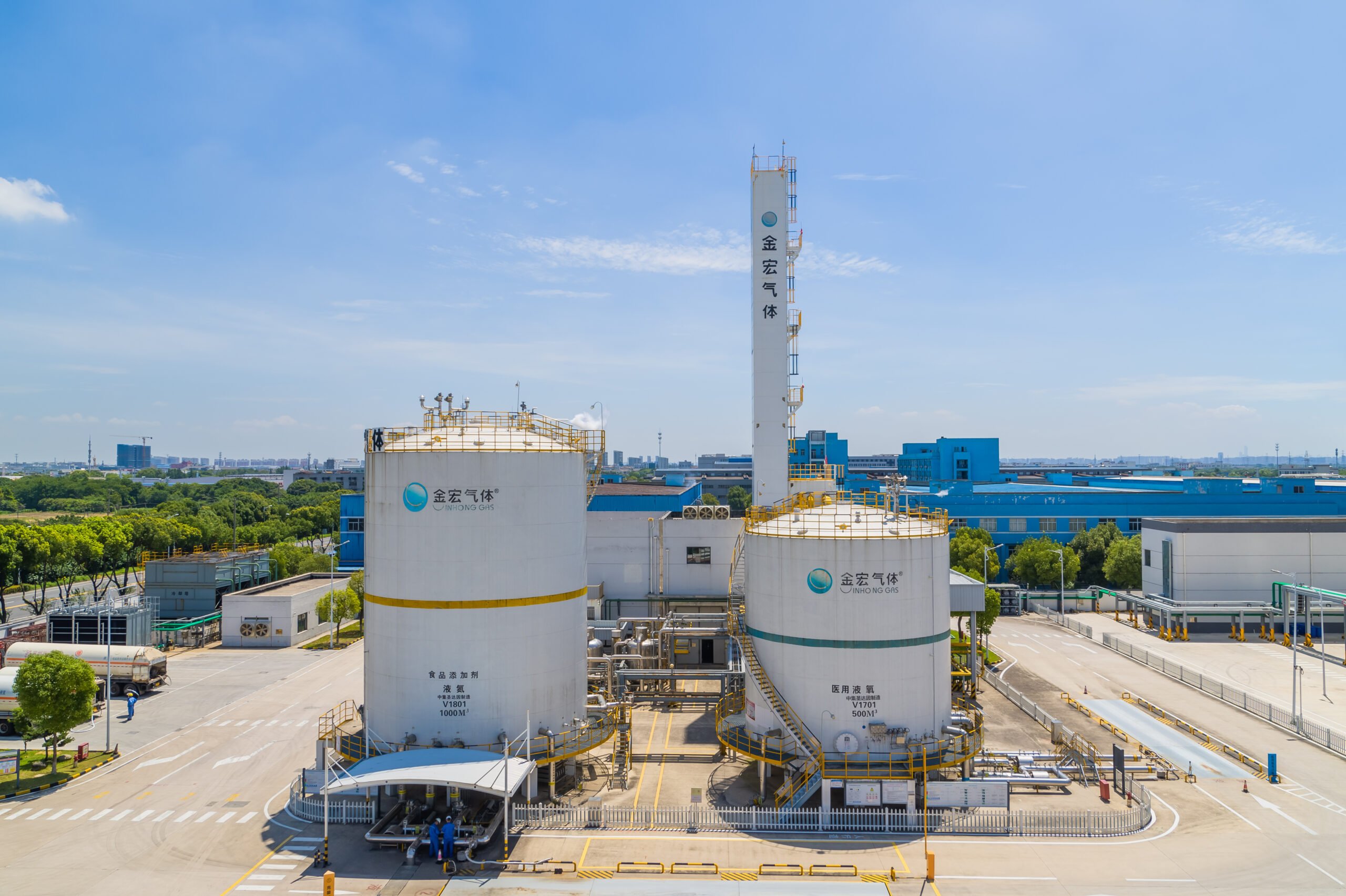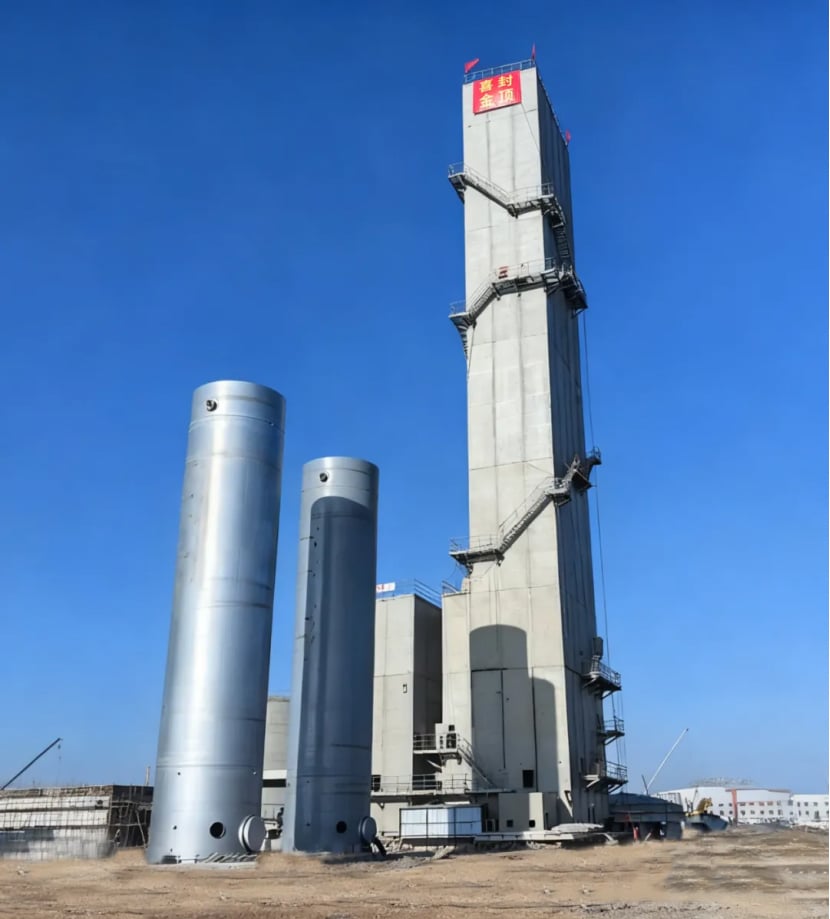When searching for argon cylinders for sale, buyers often focus on price and purity. However, ensuring safe transportation is equally critical, especially when dealing with pressurized gas cylinders like argon. Mishandling or improper transport can lead to serious safety hazards, including explosions, fires, or toxic gas leaks.
Here’s what you need to know about the safe transportation principles of argon cylinders, whether you’re a buyer, distributor, or logistics provider.
1. Use Safe and Reliable Transportation Tools
Vehicles and equipment used to transport argon cylinders must be in good working condition, well-maintained, and suitable for handling pressurized gas tanks.
2. Always Use Cylinder Caps and Shock Rings
Unless the cylinder is designed with a built-in protective guard, steel cylinder caps and anti-shock rings are mandatory. These protect the valve from damage during loading and unloading. Never throw, drag, slide, or roughly handle argon cylinders.
3. Prohibit Lifting with Magnetic or Metal Chains
During loading or unloading, do not use electromagnetic cranes or metal chain slings, as these can damage the cylinder and pose serious risks.
4. Avoid Mixing with Incompatible Substances
Argon cylinders should never be transported with other reactive, flammable, or corrosive substances. Even contact with other pressurized gas containers can cause chemical reactions, posing risks of fire, explosion, or poisoning.
5. Secure Cylinder Positioning During Transit
If transported vertically, the cylinder should be fixed securely with a bracket height of at least two-thirds of the cylinder’s height.
If horizontally, the valve end must face one side, and cylinders should be aligned securely to avoid shifting. The stacking height should not exceed five layers or surpass the vehicle’s compartment height.
6. Summer Transport Precautions
During hot weather, shade must be provided to prevent the cylinders from being exposed to direct sunlight. Transport should preferably be done during cooler parts of the day and avoid congested city areas.
7. Keep Away from Populated Areas
Vehicles or vessels transporting argon cylinders must not pass through or stop near densely populated areas, such as schools, theaters, or camps. If the vehicle is parked, both the driver and attendant must not leave simultaneously.
8. Emergency Preparedness Is Essential
Transport companies must have clear emergency response procedures. Drivers and assistants must be trained to handle emergencies effectively and ensure compliance with transport regulations to maximize safety during the transport of argon cylinders.
When looking for argon cylinders for sale, it’s not just about the product specifications—it’s also about ensuring safe handling, storage, and transportation. Adhering to these safety principles can prevent accidents and protect both people and property. If you’re purchasing argon cylinders, choose suppliers who prioritize safety and provide proper guidance on safe use and delivery.



